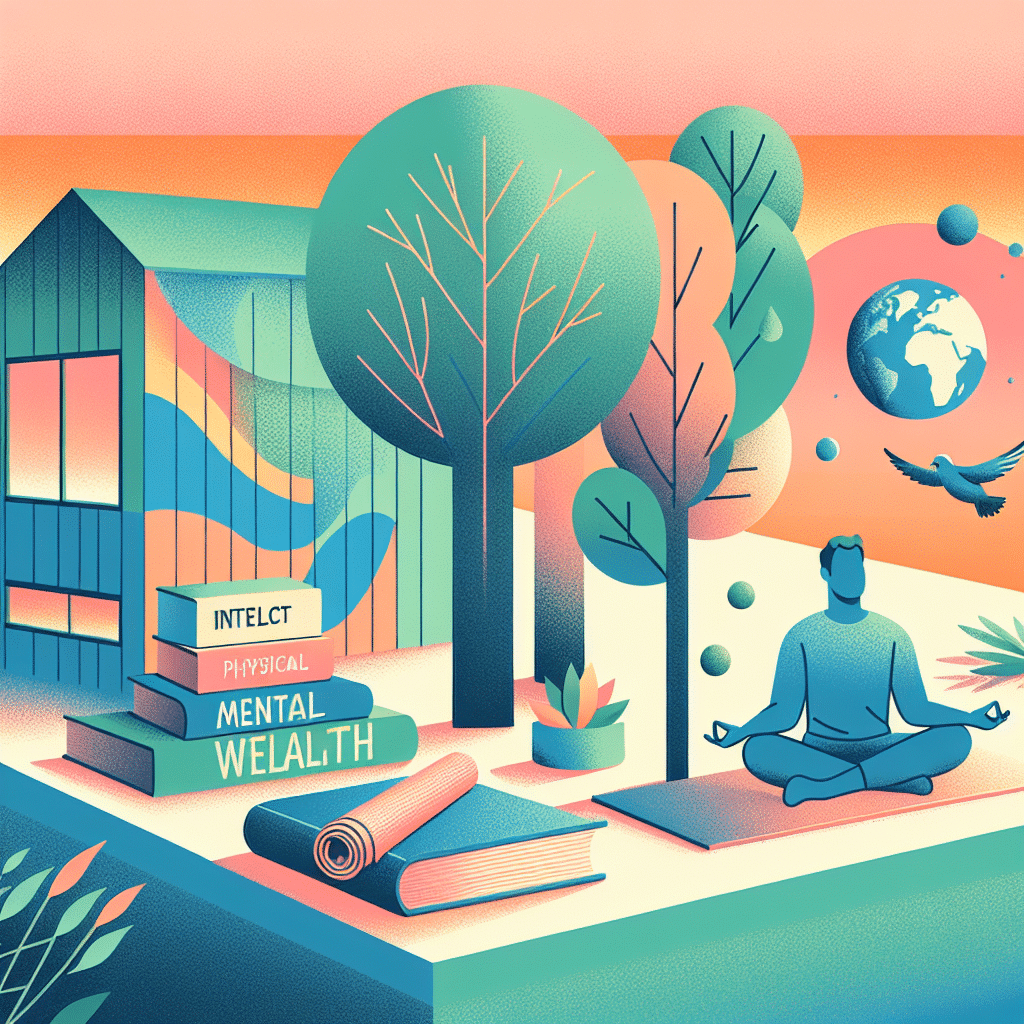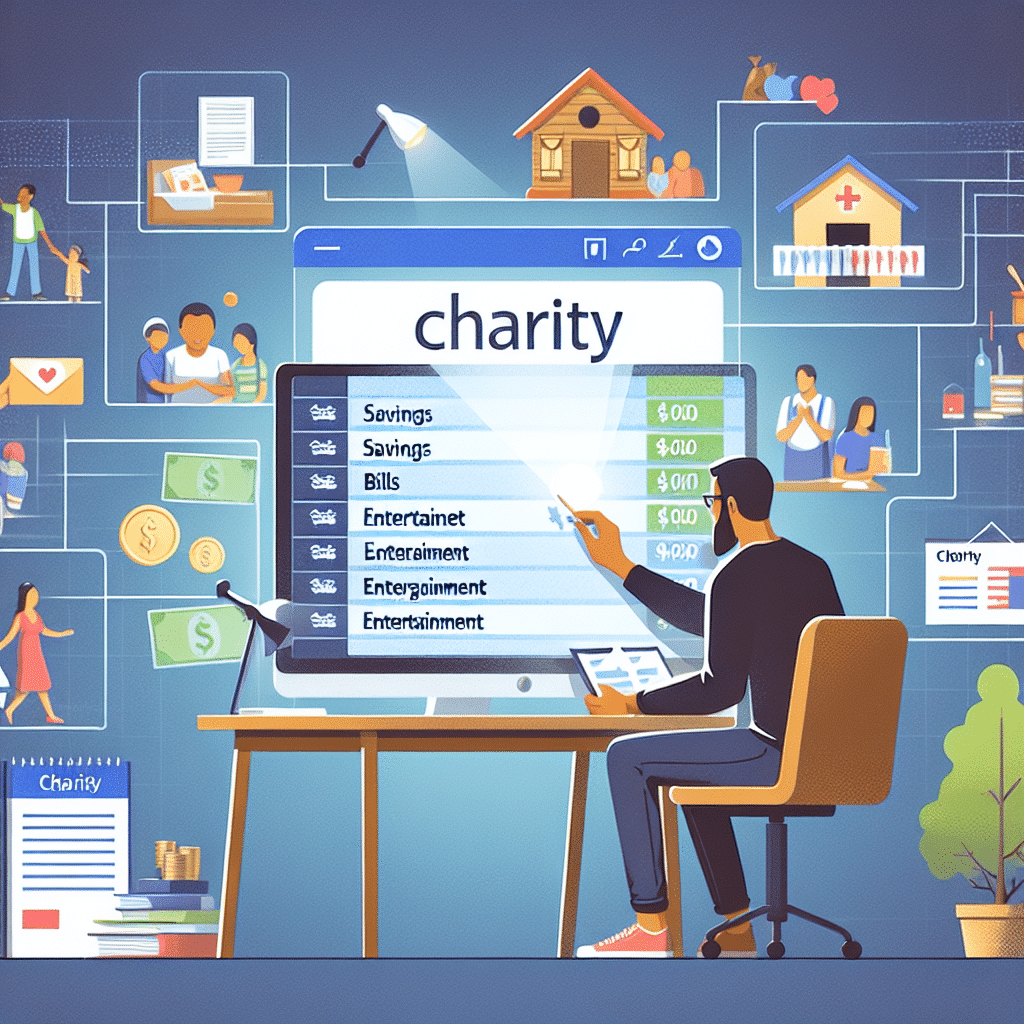
Work-life balance is the equilibrium between a person’s professional responsibilities and personal life. It involves managing time and energy effectively to ensure that both work and personal priorities are met. Achieving a healthy work-life balance is crucial for maintaining overall well-being and success in both aspects of life. Let’s explore the concept of work-life balance and its impact on identity.
Impact of Work-Life Balance on Identity
Work-life balance plays a significant role in shaping an individual’s identity. The way in which a person balances their professional responsibilities with personal life can have a profound impact on how they perceive themselves and how others view them.
When someone is able to strike a healthy balance between work and personal life, they often feel more fulfilled and content. This sense of fulfillment contributes to a positive self-image and a strong sense of identity. On the other hand, individuals who struggle to find harmony between work and personal life may experience stress, burnout, and a diminished sense of self-worth.
Furthermore, work-life balance can influence how others perceive an individual. Those who are able to manage their time effectively and prioritize both work and personal commitments are often seen as reliable, trustworthy, and well-rounded. Conversely, individuals who are constantly overwhelmed by work may be perceived as unbalanced, unreliable, or lacking in other aspects of their life.
Moreover, work-life balance can impact relationships with friends, family, and colleagues. When someone prioritizes their personal life as much as their work, they are more likely to maintain strong, healthy relationships. This, in turn, strengthens their support system and overall well-being, contributing to a more stable and positive sense of identity.
In conclusion, work-life balance is a key factor in shaping an individual’s identity. By prioritizing both professional and personal responsibilities, individuals can cultivate a sense of fulfillment, self-worth, and positive relationships with others. Finding the right balance is essential for maintaining a strong and healthy identity in today’s fast-paced world.
Strategies for achieving work-life balance
Work-life balance is essential for maintaining a healthy identity and overall well-being. Here are some strategies to help you achieve a better balance between your work and personal life:
1. Set boundaries
Establish clear boundaries between work and personal time. This could mean setting specific work hours and sticking to them, or turning off work notifications during non-work hours. By clearly defining when you are “on” and “off” duty, you can create a better balance between work and personal time.
2. Prioritize self-care
Make time for self-care activities that help you relax and recharge. This could include exercise, meditation, hobbies, or spending time with loved ones. Taking care of yourself is crucial for maintaining a healthy balance between work and personal life.
3. Delegate tasks
Learn to delegate tasks at work and at home to free up your time for activities that are most important to you. Whether it’s assigning tasks to colleagues or hiring help for household chores, delegating can help you focus on what truly matters to you.
4. Learn to say no
It’s okay to say no to additional work commitments or social obligations if they interfere with your work-life balance. Learning to set boundaries and prioritize your own needs is key to achieving a healthy balance between work and personal life.
5. Communicate openly
Communicate your needs and boundaries with your employer, colleagues, and family members. By being open about your work-life balance priorities, you can help others understand and respect your need for balance.
6. Practice mindfulness
Practice mindfulness techniques to stay present and focused on the task at hand. Mindfulness can help reduce stress and improve your overall well-being, making it easier to maintain a healthy work-life balance.
By implementing these strategies, you can achieve a better work-life balance and cultivate a strong sense of identity that is not solely defined by your work.

Managing work-life balance in a digital age
In today’s digital age, technology has revolutionized the way we work, making it easier to stay connected and productive at all times. While this has its benefits, it can also blur the lines between work and personal life, making it challenging to achieve a healthy work-life balance. Here are some strategies to help manage work-life balance in a digital age:
1. Set boundaries
Establish clear boundaries between work and personal time. Create designated work hours and stick to them, avoiding the temptation to check emails or work on projects outside of those hours. Communicate these boundaries to colleagues and managers to ensure they respect your personal time.
2. Use technology mindfully
While technology can enhance productivity, it can also be a major source of distractions. Practice mindful technology use by setting limits on screen time, turning off push notifications, and using apps or tools to block distracting websites during work hours.
3. Prioritize tasks
Make a list of tasks and prioritize them based on importance and deadlines. Focus on completing high-priority tasks during work hours, and save less critical tasks for later. This can help you stay focused and prevent work from spilling over into personal time.
4. Take regular breaks
Avoid burnout by taking regular breaks throughout the day. Use breaks to recharge and disconnect from work, whether it’s going for a walk, practicing mindfulness, or engaging in a hobby. Taking breaks can improve productivity and overall well-being.
5. Seek support
Don’t be afraid to ask for help or seek support from colleagues, friends, or family members. If you’re feeling overwhelmed or struggling to maintain work-life balance, reach out to someone you trust for advice or assistance. Collaborating with others can help alleviate stress and prevent isolation.
By implementing these strategies and being mindful of your work habits, you can effectively manage work-life balance in a digital age and preserve your identity both at work and in your personal life.
Balancing work and personal priorities
As we navigate the demands of modern life, finding a balance between work and personal priorities is crucial for maintaining our sense of identity and overall well-being. Achieving this balance requires intentional effort and a commitment to setting boundaries and priorities.
Setting boundaries
One key aspect of balancing work and personal priorities is setting clear boundaries between the two. This may involve establishing designated work hours and creating physical and mental separation between work and personal spaces. Setting boundaries also means learning to say no to tasks or commitments that may encroach on personal time.
Time management
Effective time management is essential for maintaining work-life balance. Prioritize tasks based on importance and deadlines, and allocate time for both work-related responsibilities and personal activities. Using tools such as calendars, to-do lists, and time-tracking apps can help in managing time effectively.
Self-care
Self-care is often neglected in the quest for work-life balance, but it is essential for maintaining overall well-being. Make time for activities that promote relaxation and reduce stress, such as exercise, meditation, hobbies, or spending time with loved ones. Prioritizing self-care helps in recharging and refocusing, ultimately leading to increased productivity and satisfaction in both work and personal life.
Communication
Effective communication is crucial in balancing work and personal priorities. Clearly communicate your needs and boundaries to employers, colleagues, and loved ones. Negotiate flexible work arrangements when possible, such as remote work options or adjusted schedules. Open communication fosters understanding and collaboration, making it easier to navigate competing demands.
Reflect and adjust
Regularly reflect on your work-life balance and make adjustments as needed. Evaluate whether your current strategies are effective in meeting your priorities and goals. Be willing to make changes and adapt to new circumstances as they arise. Finding a balance between work and personal priorities is an ongoing process that requires constant assessment and adjustment.

Summary
Work-life balance is essential for maintaining a healthy and fulfilling life. It involves managing the demands of work and personal life to create a sense of equilibrium and well-being.
Work-life balance influences one’s identity by shaping how one prioritizes and allocates time, energy, and resources. A healthy balance can lead to increased productivity, satisfaction, and overall happiness.
By implementing strategies such as setting boundaries, practicing self-care, and utilizing technology mindfully, individuals can achieve a better work-life balance and maintain a strong sense of identity amidst competing demands.






